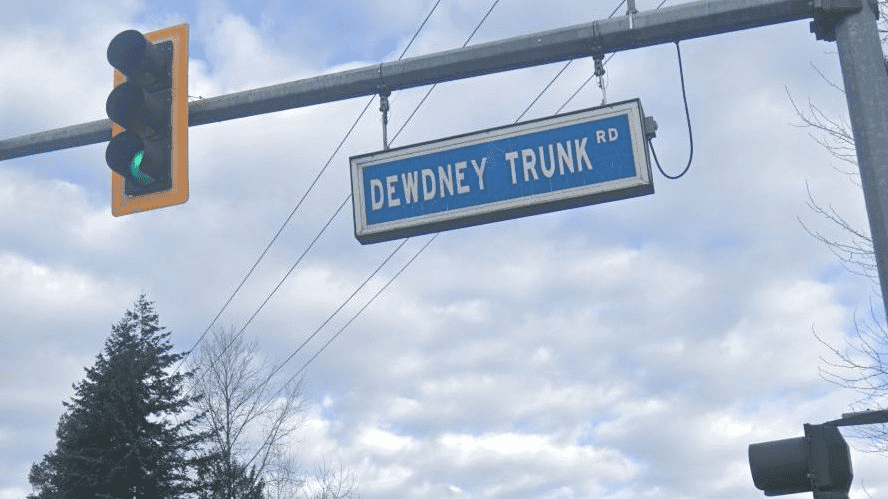Dewdney, one of the main arteries of Vancouver and the surrounding area, has the character of a trunk road. It stretches in discontinuous sections from Port Moody along settlements north of the Fraser River to the Mission, which is also considered one of the first major roads in the Fraser Valley. More on the vancouver-future website.
An important road from north to south
In the process of development and improvement, the road was divided into three sections.
First of all, it is a route that runs roughly parallel and southwards from Barnet and Lougheed Highway to Port Moody, Coquitlam and Port Coquitlam.
Years later, some side branches formed in Pitt Meadows north of the Lougheed Highway from the bridge over the Pitt River to the Ridge Meadows area near the border with Maple Ridge, British Columbia.
Finally, this is the main thoroughfare, and one of the main shopping streets in downtown Haney (that British Columbia), stretching parallel north from Lougheed through Maple Ridge North into Northern Mission. In the path of the road is Stave Falls Dam. The road went through the settlement of Steelhead, then southwards. After a series of bends the road passed to its terminus near the town of Mission.
This busy thoroughfare owes its name to Edgar Dewdney, a Canadian politician in the late 19th century.
The infamous Edgar Dewdney
Born in Britain, Mr Dewdney emigrated to British Columbia. There he worked as a surveyor in road construction, responsible for surveying the New Westminster area in colonial times. He also had to be a member of the Legislative Council, the governing body of the colony, as well as a member of Parliament.
In June 1882, Dewdney willed the capital to the bare steppe, an empty place amidst the vast plains. In that area, near the railway under construction, Dewdney acquired vast tracts of land and thus decided to raise the value of his own property.
His greatest notoriety, however, came when he served as Lieutenant-Governor of the Northwest Territories from 1881 to 1888.
Being good at his profession, Dewdney had the time to distinguish himself by treating the indigenous peoples of Canada inappropriately, taking land away from them and moving them to reservations. All this led to thousands of starving deaths.
Dewdney had a principle: the longer the Indians acted against the will of the government, the more miserable they would become. All this is recognised by many historians as genocide against indigenous peoples.
Another thought of the politician was to create “model citizens” to be brought up in special boarding schools away from their parents.
How it really was became a little clearer in the summer of 2012. At that time, 215 unmarked graves, including children’s graves, were discovered on the grounds of the former Kamloops boarding school. This discovery intensified talk about the Canadian government’s mistreatment of Indigenous Peoples.
The demands of school pupils

Following this discovery, thousands more graves were found across the country and church services were held to commemorate the victims and respect those who had survived.
Dewdney subsequently died, his politics condemned, but the road named after him remained. It gradually became a “lifeline” for some high school students in the Coquitlam School District, as it acts as a main artery running parallel to the south of the Barnet Highway.
In view of the sad legacy of which the path holds memories, students of a secondary school have asked officials of Coquitlam to consider at all levels the renaming of the path in the name of historical justice and reconciliation with the indigenous peoples.